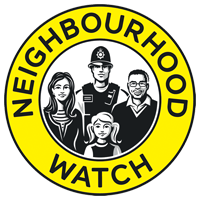Homophobic or transphobic hate incidents “A homophobic or transphobic hate incident is any incident, which may or may not amount to a criminal offence, that the victim or anyone else thinks was carried out because of hostility or prejudice based on sexual orientation or transgender identity.”
Sexual orientation and transgender identity refer to people who are lesbian, gay, bisexual and trans (LGBT).
Incidents motivated by or perceived to be motivated by, hostility or prejudice because of a person’s sexual orientation, or their perceived sexual orientation, are known as homophobic hate incidents.
Incidents motivated by or perceived to be motivated by, hostility or prejudice because of a person’s transgender identity, or their perceived transgender identity, are known as transphobic hate incidents.
Anyone can be the victim of a homophobic or transphobic hate incident. A person can be the victim of a homophobic or transphobic hate incident if someone believes they are a LGBT person, even though they’re not. A person can also be the victim of a hate incident because of their association with members of the LGBT community.
When someone is charged with a homophobic or transphobic hate crime, the judge can impose a tougher sentence on the offender.
Further information
- Equality and Human Rights Commission website contains advice and guidance about transgender discrimination
- Gires website contains more information about transphobic hate incidents
- Stonewall website contains more information about homophobic hate incidents
